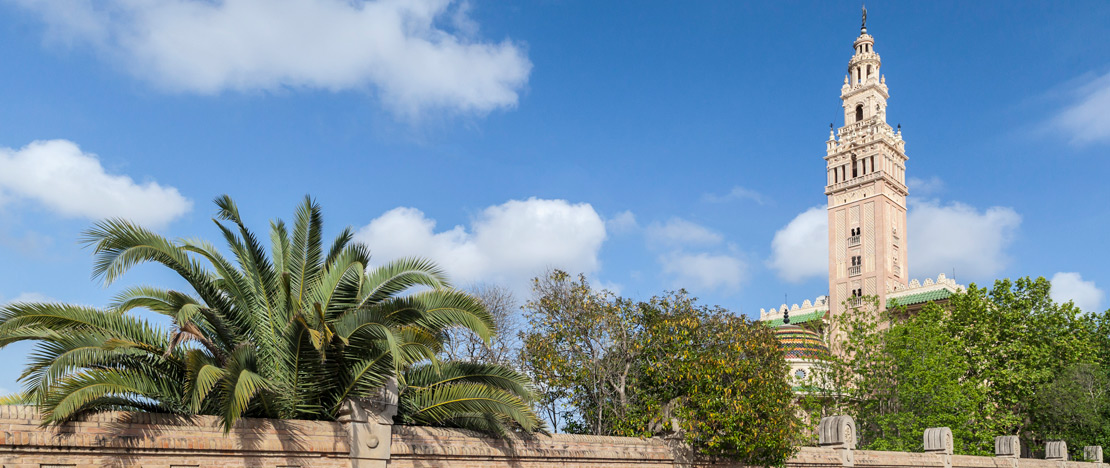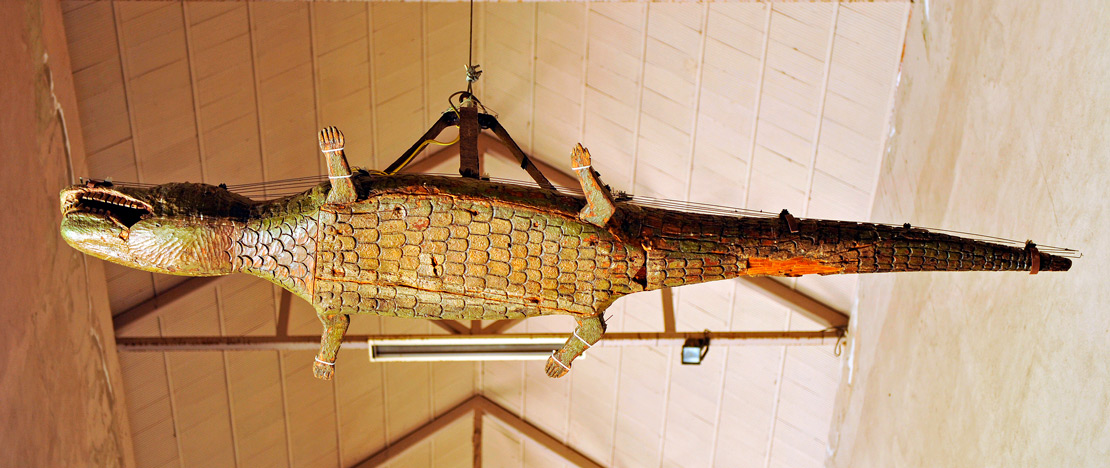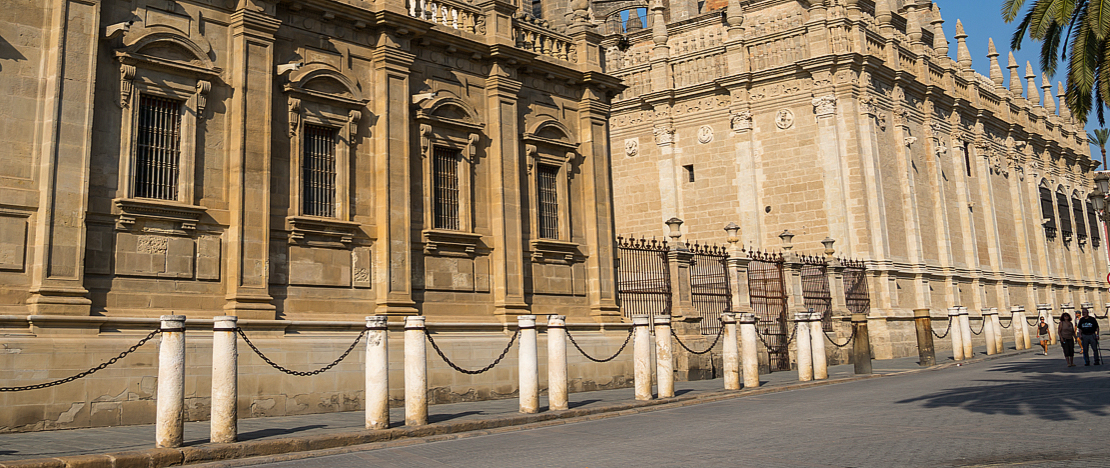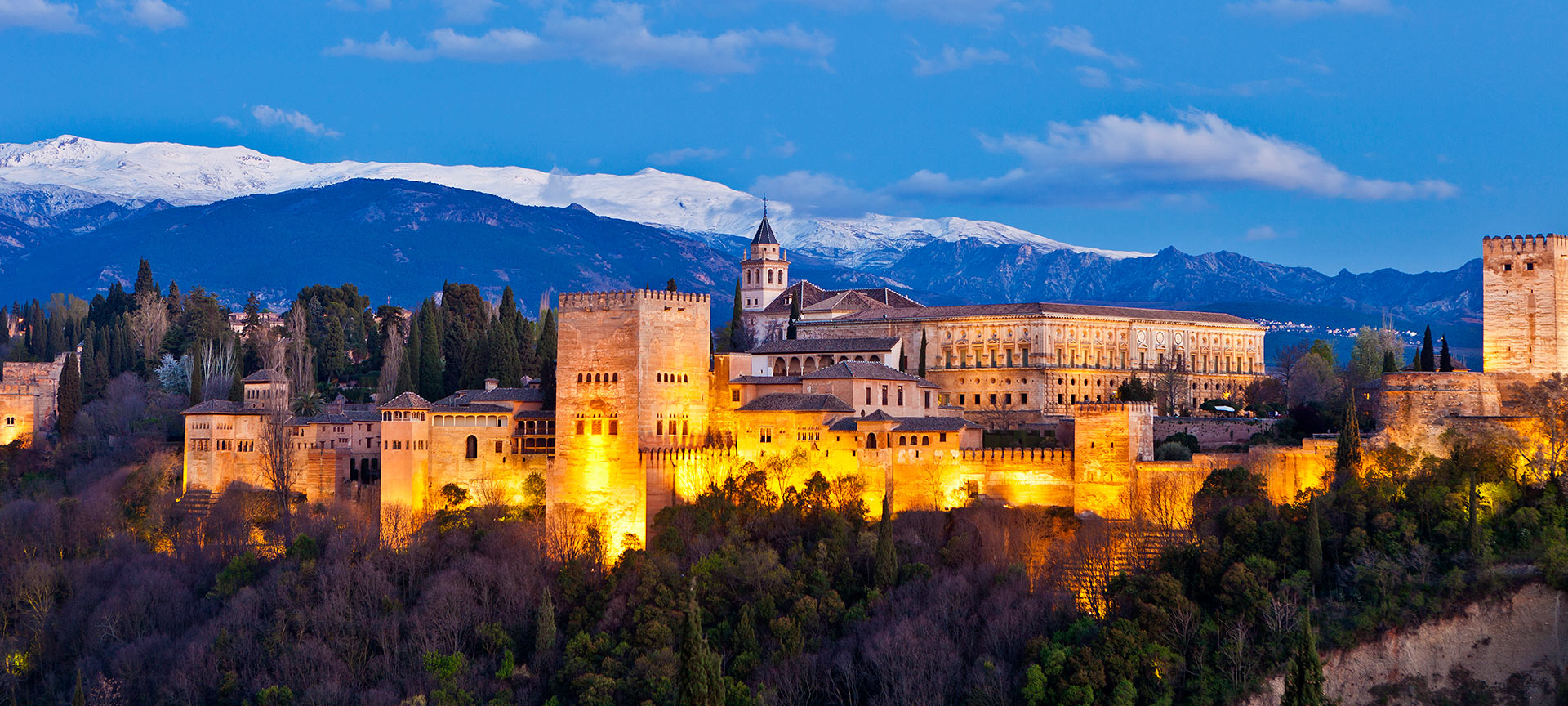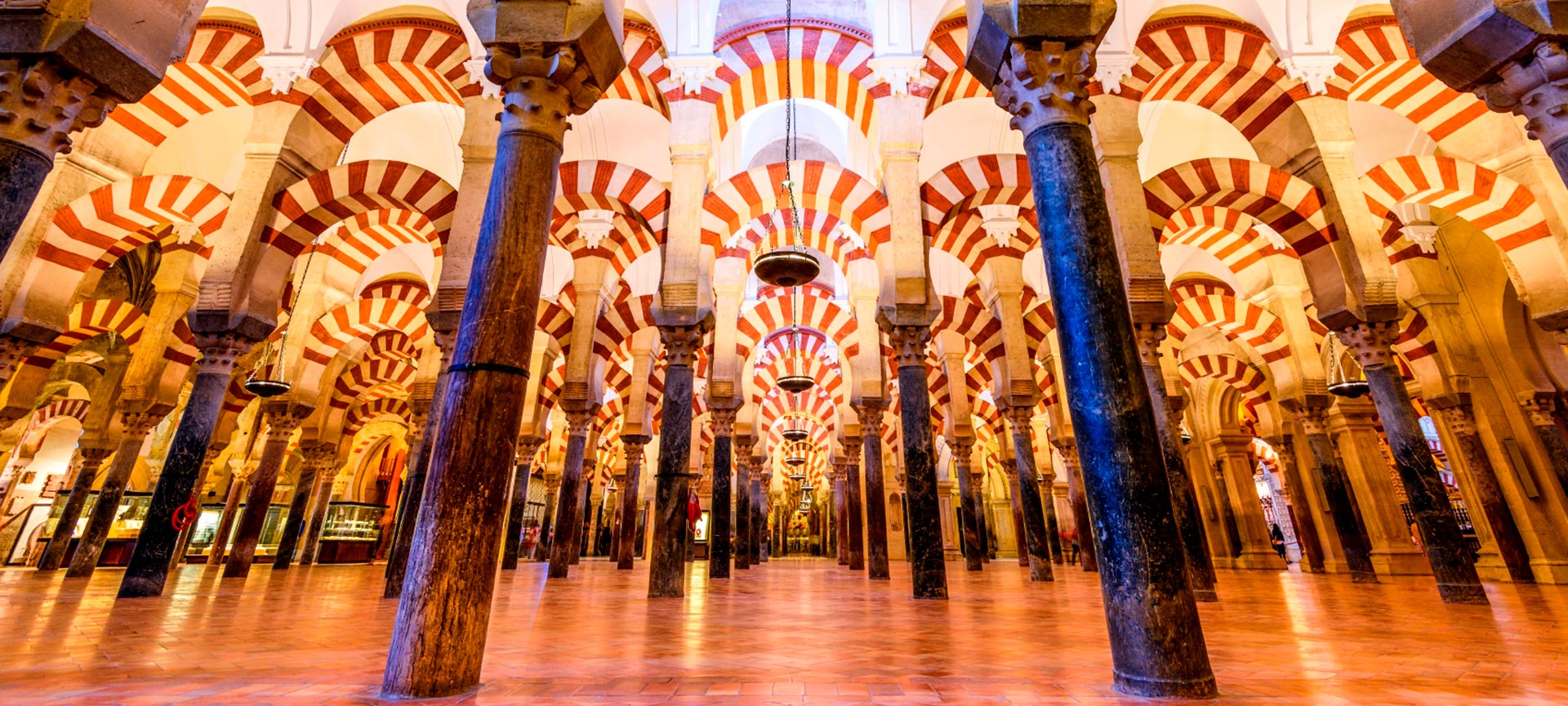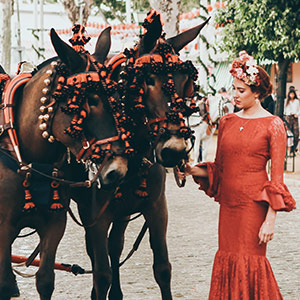
No doubt there are a good few things that you already know about Seville Cathedral, for example that it’s one of the most visited monuments in the city, and that it has been awarded World Heritage statuss by UNESCO. But – did you know that its vaults “breathe”? Or that there’s a replica of its hugely famous bell tower, La Giralda, in Kansas? If you want to know more about these and other quirky facts about the Cathedral of Seville, read on.
Debe activar Javascript para poder utilizar este servicio
-
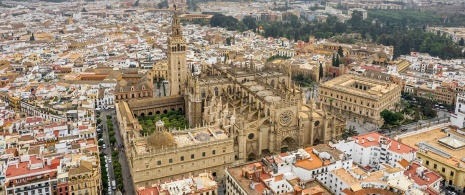
A Gothic cathedral with a square floor plan?
In terms of surface area, Seville Cathedral is the largest Gothic cathedral in the world. However, the floor plan is not in the shape of the Latin cross that’s customary in this type of church – it’s square. This is because it was built on the site of the city’s great mosque, and adapted to the already existing structure. Thus the Arab minaret became the bell tower, La Giralda, which at a height of almost one hundred metres was the tallest tower in the world at that time. The Patio de los Naranjos and the Puerta del Perdón were also inherited from the mosque.
-

La Giralda and its “replicas”
Did you know that La Giralda doesn’t have steps, it has ramps? There are 35 ramps built to be wide enough for the sultan to be able ride up to the top on his horse to enjoy the views. The architectural beauty of La Giralda has been a constant source of fascination to so many people that it’s possible to find “replicas” in both in other places Spain, and in the rest of the world. Some of the most successful are the one that forms part of a shopping centre in Kansas City, another the village of L’Arboç del Penedés in the province of Tarragona, and what’s known as La Giraldilla of the church of San Pedro de Carmona (province of Seville). There was even a “copy” in New York's Madison Square Garden between 1890 and 1925.
-
The stained glass window depicting Emperor Charles V
Seville Cathedral has an extremely valuable artistic heritage. In fact it’s considered to be one of the best art galleries in Spain, with works by masters such as Murillo, Velázquez, Goya and Zurbarán. Among the sculptures, paintings, gold and silver work, hangings and other pieces, you’ll find some surprises. The main altarpiece for example, with its 44 bas-reliefs and more than 200 figures, is the largest in all of Christendom. And if the face of San Sebastián in the stained glass window (above the Portada de los Palos) looks somewhat familiar, don’t be too surprised as he is depicted with the features of Emperor Charles V.
-
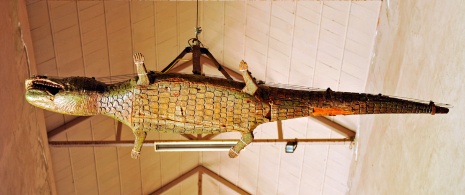
A crocodile in the cathedral!!!
Don’t worry – it doesn’t bite. You’ll see it hanging from the ceiling next to an elephant’s tusk and a bridle if you go in through the Patio de los Naranjos by the Puerta del Lagarto. It’s said that these were gifts that the Sultan of Egypt sent to King Alfonso X “The Wise” when asking for his daughter’s hand in marriage. Although the King rejected the offer, he kept the presents, which included a live crocodile, an elephant’s tusk and a tame giraffe. You’ll probably also be wondering about the amphorae that you’ll find displayed on the roofs of the cathedral: these were the ones used by 15th century builders to fill the inside of the vaults.
-

The cathedral “breathes”
Every day, the cathedral vaults expand and contract by several centimetres due to temperature changes. In the morning they expand with the heat, and at the end of the day when it’s cooler they contract, in a movement that’s similar to breathing. This was only discovered in 2006, when sensors were used during the restoration work. Although it may not seem so, this “flexibility” is actually an advantage, making the cathedral safer as the way it’s constructed allows for a degree of movement in the event of any kind of disaster.
-
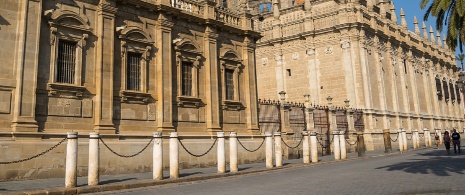
Protective columns
Have you noticed that the cathedral is surrounded by a series of columns linked by chains? These served to mark the limits of civil and ecclesiastical jurisdiction in the 16th century: at that time the right to asylum meant that the city officials known as alguaciles were not permitted to enter sacred spaces to detain people, a fact that common criminals often used to escape justice. The oldest columns are the ones that run from La Giralda to the Puerta de San Miguel. Most are of Roman origin, and were brought from Italica to be reused in the cathedral.
Travel plans for inspiring you


